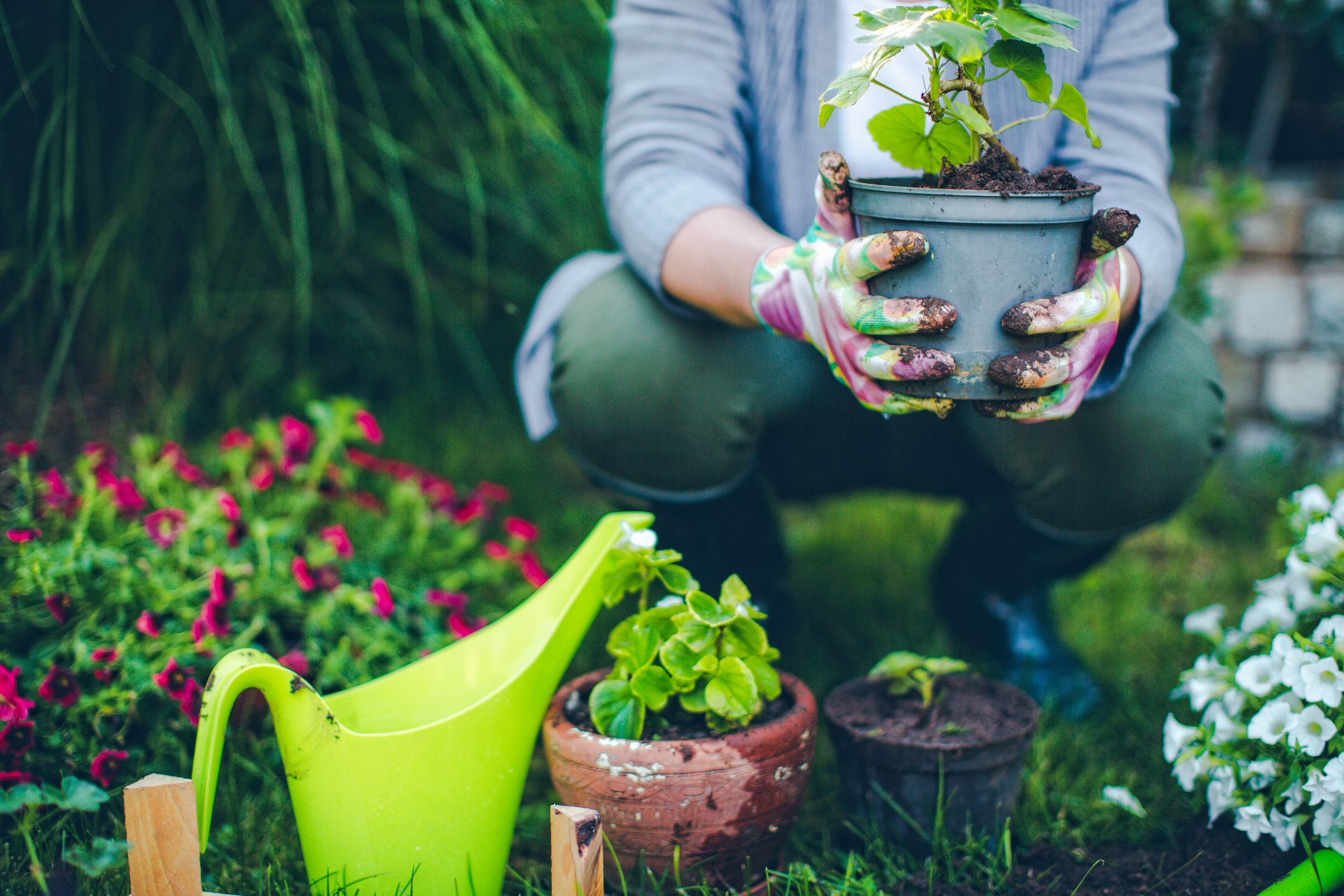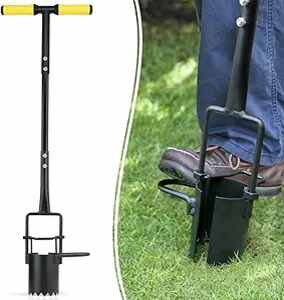Imaginative Gardening Ideas to Maximize Tiny Areas and Yields
Imaginative Gardening Ideas to Maximize Tiny Areas and Yields
Blog Article
The Comprehensive Guide to Horticulture: Discover the Benefits of Different Designs and Strategies
Horticulture encompasses a diverse range of styles and strategies, each offering one-of-a-kind benefits customized to individual choices and environmental contexts. As we explore these different designs, it ends up being noticeable that the options made can considerably influence both the garden's health and its contribution to the surrounding setting.
Recognizing Gardening Basics
Comprehending the basics of gardening is necessary for growing a thriving and sustainable garden. An effective horticulture endeavor begins with a solid foundation of expertise pertaining to soil, plant choice, and climate considerations. Healthy soil is the foundation of any garden; it gives important nutrients, water retention, and a habitat for useful microorganisms - Gardening. Evaluating dirt pH and nutrient degrees can assist changes to enhance plant growth.
Selecting the right plants is just as vital. Understanding their certain demands-- such as sunlight, water, and spacing-- makes certain compatibility with the local environment and soil problems. This selection process must likewise think about the growth behaviors and lifecycle of plants, enabling a balanced and aesthetically pleasing yard.
In addition, efficient watering methods are crucial. Over-watering and under-watering can both bring about plant tension and illness. Applying a schedule based upon seasonal changes and plant requirements can boost water performance.
Popular Gardening Styles
What defines the essence of prominent horticulture designs? These designs envelop diverse aesthetic concepts, functional demands, and ecological considerations, inevitably mirroring the garden enthusiast's individual vision. Among one of the most prominent designs is the cottage yard, characterized by its casual format and a lively variety of blossoms and veggies. This approach stresses a harmonious mix of shade and texture, producing a welcoming environment.
Alternatively, the formal garden embodies proportion and order, usually featuring geometric patterns and diligently trimmed hedges. This design connects beauty and refinement, with meticulously picked plants that strengthen a structured visual.
The Japanese garden supplies a peaceful and introspective experience, making use of natural aspects like water, rocks, and plants to produce a serene environment. It concentrates on simpleness and balance, urging consideration.
In addition, xeriscaping has actually obtained appeal, especially in deserts (Gardening). It prioritizes drought-resistant plants and effective water usage, advertising sustainability while improving landscape elegance
Benefits of Container Gardening
Container gardening uses a multitude of benefits that make it an enticing choice for both newbie and knowledgeable gardeners alike. One of the main benefits is flexibility; containers can be placed in various locations, enabling garden enthusiasts to maximize sunlight exposure and create aesthetically enticing plans. This versatility makes it feasible to yard precede where conventional in-ground horticulture may not be possible, such as porches, outdoor patios, or city atmospheres.
Furthermore, container gardening provides far better control over dirt conditions. Garden enthusiasts can personalize the dirt mix to match details plants, guaranteeing optimal drainage and nutrient schedule. This is particularly advantageous for people staying in locations with bad or infected soil.
Another substantial advantage is the reduced risk of pests and diseases. Container plants can be checked more conveniently, and any issues can be resolved promptly. In addition, this approach can decrease the spread of invasive species.
Sustainable Gardening Practices
Lasting gardening methods are vital for advertising ecological health and enhancing biodiversity in our ecological communities. These techniques prioritize ecological balance, source preservation, and the usage of organic click over here techniques to minimize unfavorable ecological impacts. By utilizing strategies such as composting, gardeners can reduce waste while enriching dirt health, therefore promoting a growing yard community.
Water conservation is another crucial facet of sustainable horticulture. Methods such as rainwater harvesting, drip irrigation, and using drought-resistant plants can dramatically lower water use while making certain that plants receive ample dampness. Moreover, integrating indigenous plant types right into yard layouts supports neighborhood wild animals and minimizes the requirement for chemical plant foods and chemicals, which can be unsafe to the environment.

Inevitably, lasting horticulture techniques not just go to this website add to healthier yards yet also promote an even more durable setting, offering long-term benefits to both the gardener and the surrounding community.
Tips for Successful Gardening
To cultivate a successful yard, garden enthusiasts must focus on mindful planning and thoughtful implementation of their horticulture approaches. Begin by evaluating the regional climate and soil conditions, as these factors considerably influence plant selection and growth. Pick plants that are fit to your environment, considering indigenous species that will certainly flourish with marginal treatment.
Carrying out a well-structured layout is important (Gardening). Utilize buddy growing techniques to promote biodiversity and natural pest control, while ensuring each plant has sufficient area for development. This not just enhances aesthetics yet also improves general plant health and wellness
Routine upkeep is key to a successful garden. Develop a consistent routine for watering, weeding, and feeding. Mulching can assist preserve dampness and subdue weeds, while also including natural matter to the soil.
Do not undervalue the importance of monitoring. Routinely keeping track of plant health and wellness and growth will permit prompt interventions. Be open to learning and adjusting; gardening is a continual process that benefits from experience and testing. By prioritizing cautious planning, implementation, and recurring upkeep, garden enthusiasts can achieve a vibrant and productive yard that grows throughout the seasons.
Conclusion


In recap, the expedition of varied gardening designs and methods discloses their multifaceted benefits, adding to both visual allure and environmental health and wellness. Container horticulture web supplies flexibility and ease of access, while sustainable techniques boost ecological stewardship. By incorporating various strategies and approaches, garden enthusiasts can enhance their initiatives, advertise biodiversity, and produce practical outside areas. Inevitably, this detailed overview works as a valuable resource for cultivating effective horticulture experiences, promoting a much deeper link with nature and the surrounding ecosystem.
Report this page